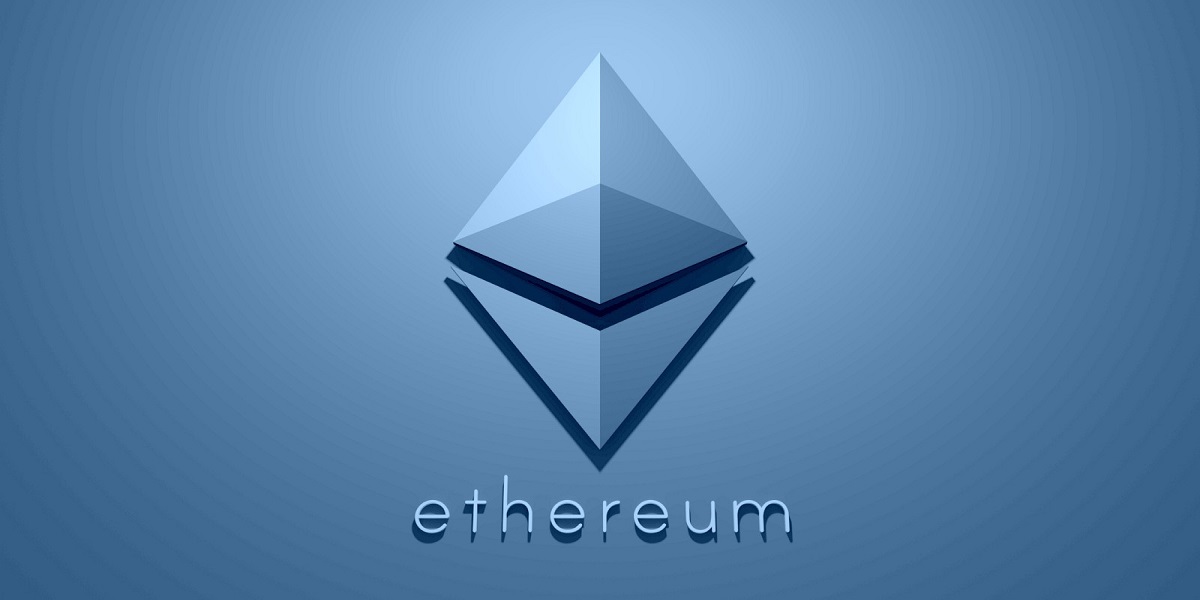
How to Use Ethereum and Blockchain for Global Trade on Easy Markets?
- By Debraj
- 20-09-2022
- Blockchain
The $16 trillion sector referred to as global trade includes transferring money, goods, and commodities across state borders or territories. Generally speaking, there are two categories:
75% of diverse items are often transported by overland or cargo containers
25% of the total is commodities
The business and financing sector, especially in developing to developed countries, suffered from a lack of cooperation and trust between exports and imports from a production and freight perspective. Due to the intricate nature of organizational functions in the global trade of products, the industry also continues to suffer from several performance inefficiencies. For instance, traditional, paper-based operations that are expensive, time-consuming, and prone to error still play a significant role in the shipping and trade industries.
The inability of imports and exports to finance or ensure their trades stifles growth and reduces the advantages of globalization. Even though some technologies, such as Commodity Trading & Risk Assessment (CTRM) systems, have proven effective, this sector has historically been resistant to technological and digital advancements.
Before the advent of blockchains, about which global trade has been regarded as the primary use case, numerous start-ups and technology corporations had progressed in developing products with varying degrees of success. Multiple businesses and confederations have updated their antiquated technology in response to the possible influence of blockchains on global trade funding. Blockchain ushers in the digital age and makes it possible to tokenize current papers, credit cards, and more.
Commodity trading
25% of global trade is made up of commodity trading, which consists of:
30 percent base and industrial metals, 40 percent energy agricultural and soft products make up 30%
Banks and investors or funds provide more than half of the funding for the commodity trading industry. Over the past 20 years, blockchain technology and technological advances have arisen to support this business with various levels of success, especially CTRM. But just like the global trade in containerized goods, operating expenses and inefficiencies continue to plague the commodity prices, including:
Fraud: The pervasive usage of paper documents raises the possibility of criminal activity (double financing, etc.).
Delays: Scheduling the transportation of a commodity, requesting trade financing, gathering papers, providing the documents to purchasers, and facilitating payments all take 90–120 days.
Loss of revenue and opportunity: The sector as a whole is hindered from innovating by these fragmented processes with high operational costs, which result in crop loss of income and potential amounting to billions of dollars. Through some kind of distributed, immutable that prevents the information from being changed without informing all stakeholders, cryptocurrency offers the possibility to reduce fraud.
Final Thoughts
Additionally, the above-mentioned existing commodities trade processes are improved by blockchain's innate capacity to produce and transmit digital assets. Intelligent contracts' ability to enable true transactions offers the possibility to cut down on delays and automate routine procedures. The inefficiencies in the entire commodities trade sector cost businesses money and opportunity.
As blockchain use increases, it will support businesses, investors, or other participants in the commodity trading industry to reap more profits.
Recent blog

Crafting Eye-Catching Instagram Reels In Just 9 Easy Steps
Social Media | 25-04-2024.png)
Boost Sales and Conversions with Shopify's New AI-Powered Semantic Search
E-commerce | 24-04-2024




